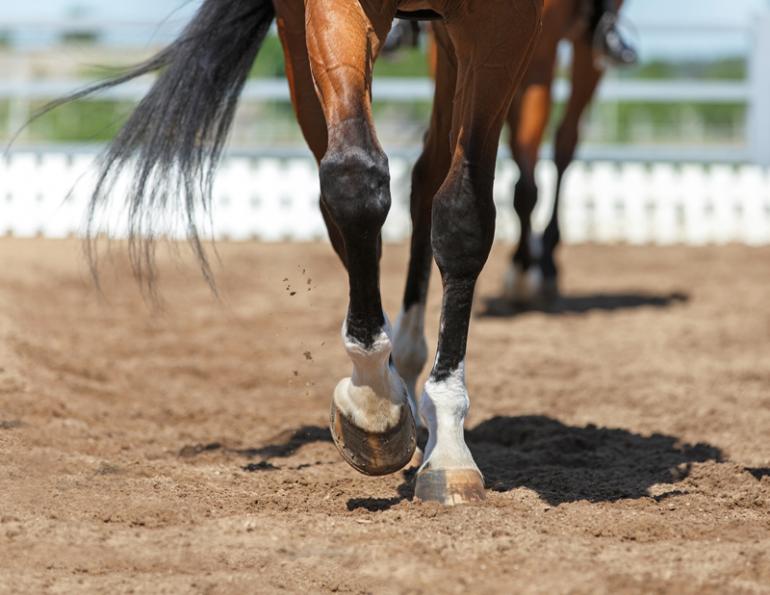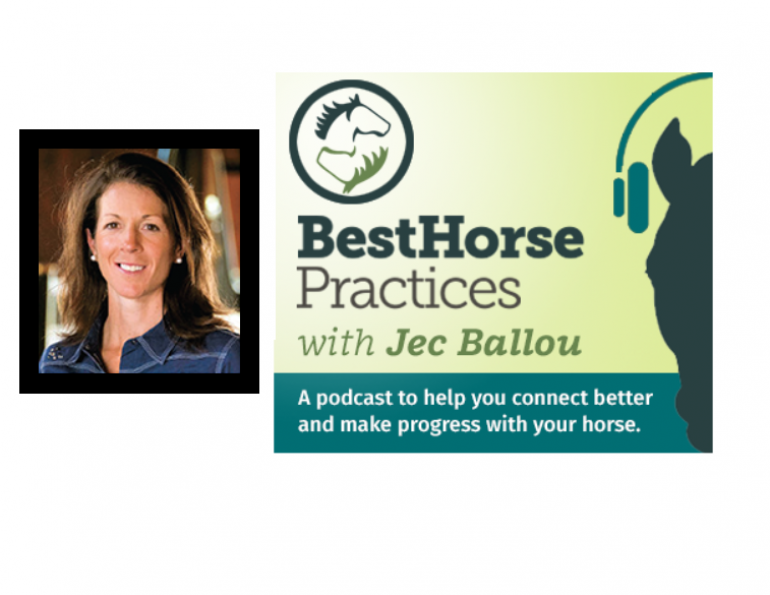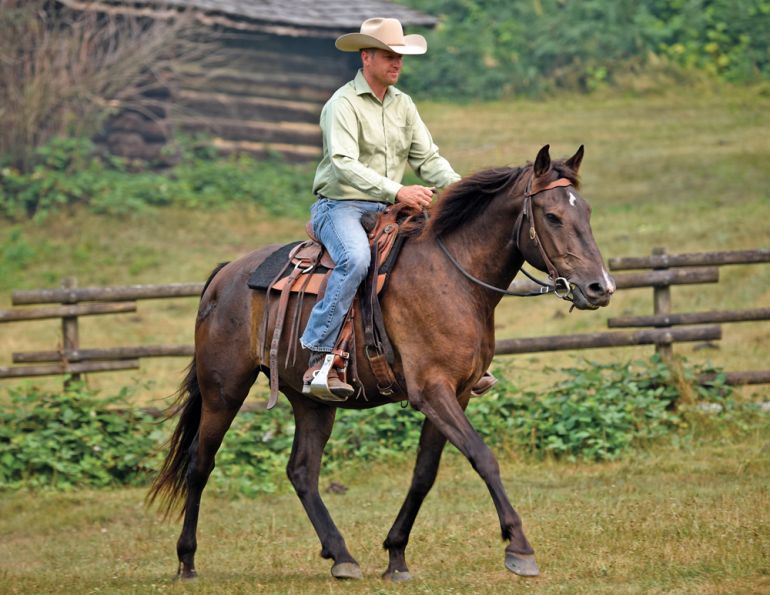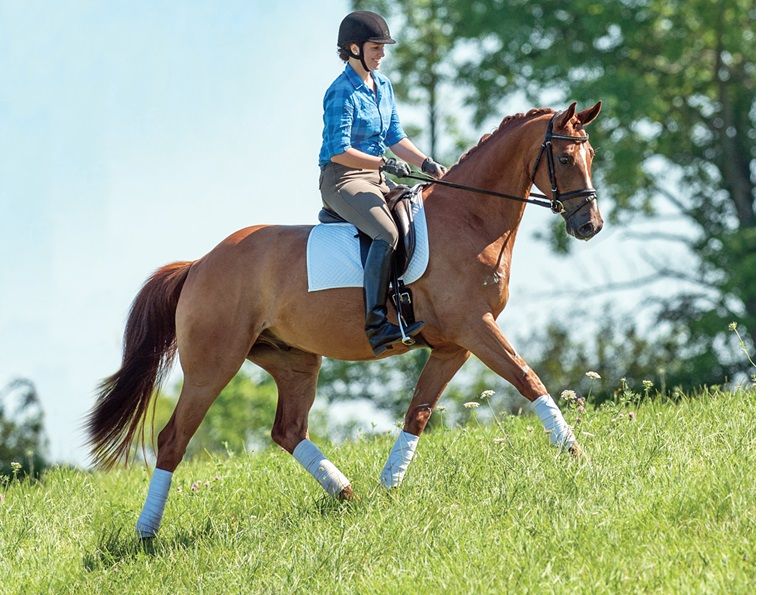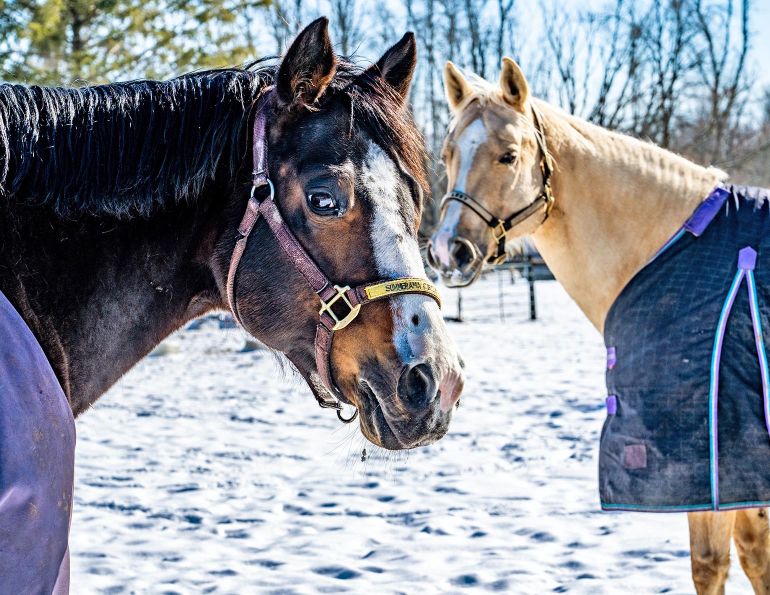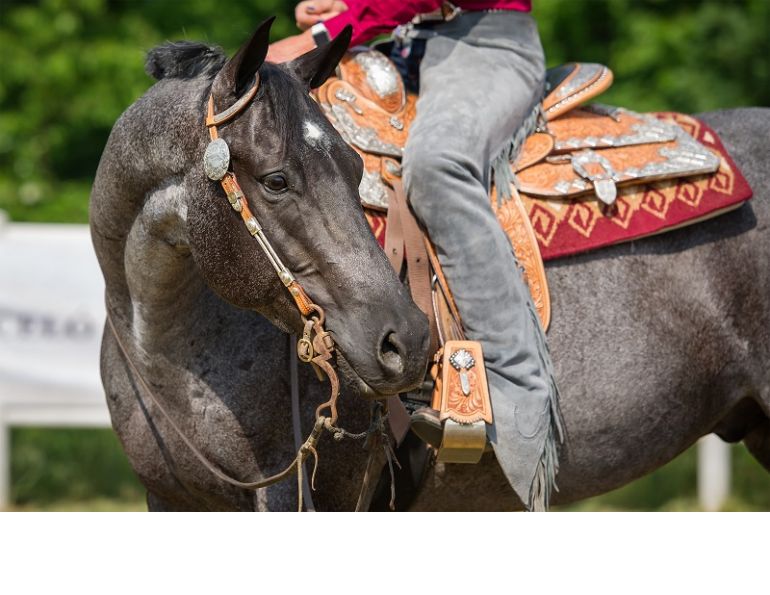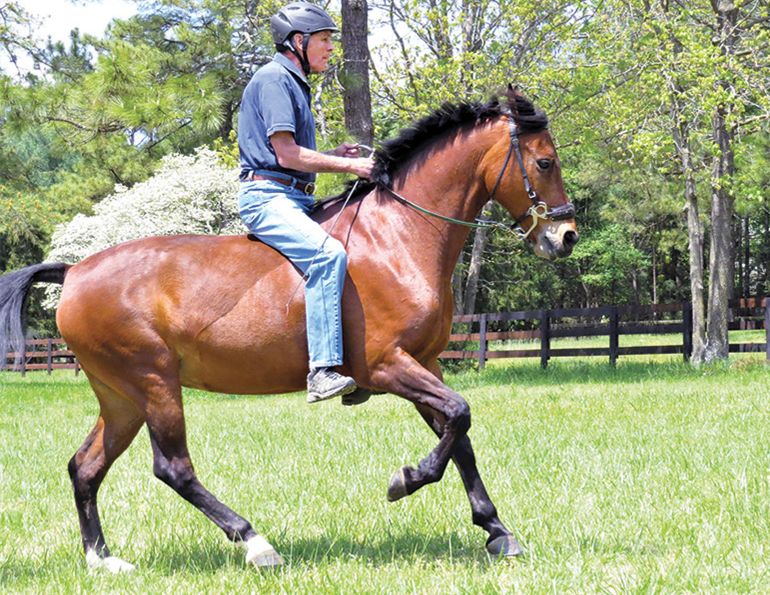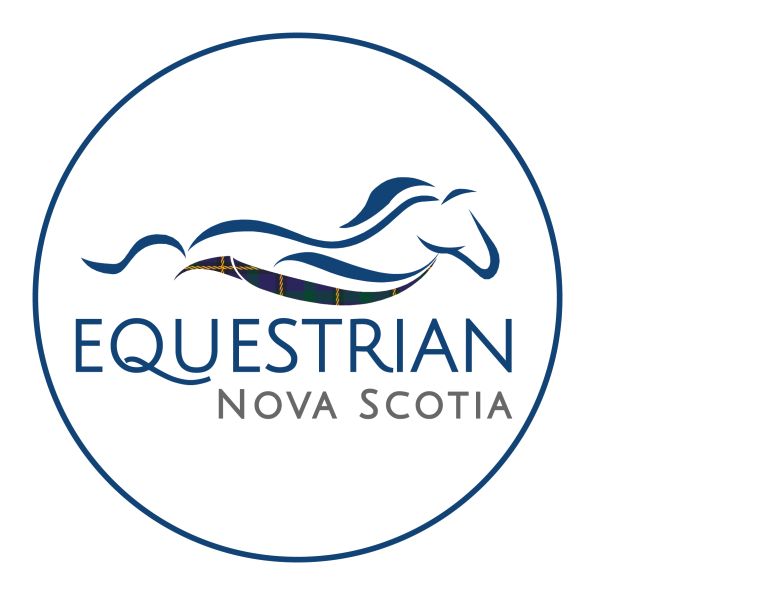By Jec A. Ballou
Understanding the Leg Yield
Among the key building blocks in equine training, a few exercises serve both as early learning tools and as valuable corrections for more advanced horses. The leg yield is one such movement. It not only develops a young horse’s balance but can also help restore quality of movement when a seasoned horse becomes stiff or resistant. Properly applied, it addresses a range of issues in how a horse carries himself.
At its most basic, the leg yield teaches a horse to step sideways away from steady, rhythmic leg pressure from the rider. This simple movement is usually taught after the horse has mastered the turn-on-the-forehand and acts as a foundation for more complex lateral work. Later in a horse’s education, leg yield becomes a useful remedy when the horse braces through his body or avoids carrying weight on the hindquarters. A short, focused session can correct these tendencies and re-establish balance, no matter the horse’s stage of training.
How It Works
To perform the leg yield correctly, the horse must lower and rotate his inside hip forward. This requires relaxation through the ribcage and trunk muscles. Because these muscles are interconnected with those of the jaw and poll, the horse’s head and neck will also soften. As the inside hind foot steps medially beneath the body, the hind joints flex more deeply, and the torso rotates in the same direction as the stepping limb. This chain of events encourages suppleness, balance, and engagement of the hindquarters, making the leg yield an essential skill for horses at any level.
In addition to weighting the hind limb, a positive chain reaction is set in motion by activating the horse’s trunk. As the deep abdominal and chest muscles shift from rigid to properly tensioned, so too does the state of the horse’s tongue and jaw. This explains why most riders experience a more consistent and elastic feeling of connection in their outside rein after riding leg-yield. Put simply, the horse’s musculature has adopted a state wherein he can organize his posture better to establish this connection with the rider’s hands.
Keep in mind that as a remedial exercise, leg-yield is most effective when used for just a few steps at a time. After five or six steps, leave the exercise and ride forward. Feel free to return to it within several seconds, but be sure to once again perform just a few steps. Resist the temptation to keep riding sideways across the arena. Repetitive drilling, or schooling the exercise without targeted purpose, teaches the horse to become dull and in some cases to become more— not less— rigid. Remember that horse’s ligaments are naturally inelastic in order to protect joints from over-exertion and twisting. Drilling leg-yield for long periods, especially on hard or uneven surfaces, or with an especially resistant horse, can damage these tissues.
Proponents of leg-yield form their own preferences for which gait works best to school the exercise, but the over-arching principle is to perform it in whatever manner best helps your horse. Sometimes this is determined by rider’s experience level and skill. If she is more novice, the horse might be best served by performing at the walk where there is ample time to coordinate the aids.
For a well-schooled horse-and-rider combination, trot is usually preferred because the impulsion and suspension of this gait allows for a greater activation of the horse’s core and topline. It is perfectly acceptable to sit or post the trot when schooling leg-yield, again to be determined by rider’s skill level and ability to communicate the clearest. What matters primarily is that, whatever the chosen gait, the horse does not slow down when leg-yielding. This is a common fault. If the horse slows down, he does not draw the inside hind leg further under his body and put more weight on it, thereby negating our goal.
Related: How to Help the Leg Shy Horse, with Jonathan Field
The pattern illustrated in Figure 1 is a helpful routine for using leg-yield in the instance when a horse braces through his body, rather than flexing his hind legs and lifting his ribcage in response to requests for more collection. It can be performed in either walk or trot, ideally confirmed in both. Again, a rider would aim to get good results within a few executions of this pattern and then move on; avoid repeating excessively.
First, let’s quickly review the rider’s cues for signaling leg-yield. To leg-yield right, flex the horse slightly at the poll to the left (away from direction of travel). Sit with a small amount more weight in your left seat bone, encouraging the horse to yield his body away from that slight extra pressure. Simultaneously, lengthen your left leg and then begin closing that leg rhythmically against the horse’s ribcage to move him sideways. Press-release-press-release with the leg, aiming to apply the leg at the instant the horse’s left hind hoof is about to swing forward. Release leg pressure as soon as he sets it down. Maintain light positive rein contact, keeping a steady tone in your right rein and using your left rein with tiny light vibrations as needed to keep the poll flexed left.
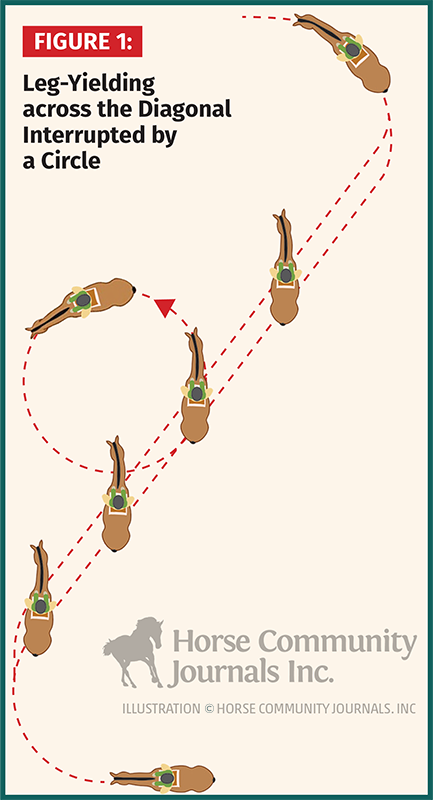
After accomplishing this routine with a rhythmic and steady gait and a relaxed but responsive body, a horse will then perform much better in his collected work, transitions, or other tasks that previously caused him to get rigid. Used in these moments, leg-yield dissolves resistance in the areas of a horse’s body that are blocking the rider’s cues to increase collection and engagement of hind legs.
Remember that leg-yielding is an exercise with purpose, not one to be performed aimlessly or for amusement. In fact, the goal of the exercise is to use it effectively enough that you do not need it anymore. As the horse reaps its physiological benefits, leave it alone until you find yourself needing its remedy again, which perhaps you might not.
Related: Introducing Your Horse to Lateral Work
Definition of Leg Yield - Leg-yield is a blending of forward and sideways steps. The horse travels gently sideways, passing his inside front leg and inside hind leg in front of his outside legs. His spine remains straight, he is flexed laterally at the poll away from his direction of travel. For example, if you are moving left, the horse looks with his head to the right. The exercise can be performed in walk or trot.
Photo: Leg-yield right. Credit: Dreamstime/Uladzislava Pratashchyk




